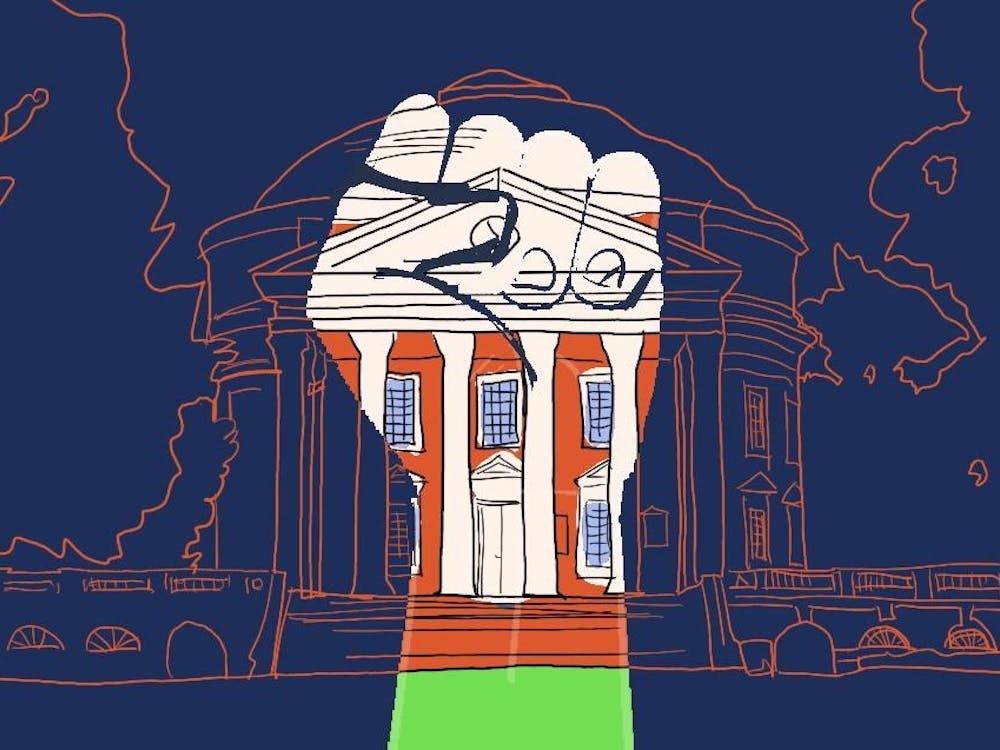Suffering in silence seems to be the standard for Asian Americans throughout the U.S. and here at the University. In a time where issues regarding race are at the forefront of socio-cultural debate, it is unfortunate that many still perpetuate the model minority myth by casting Asians as the archetype achieving the modern American dream. The model minority myth perpetuates the narrative that Asian Americans are a law-abiding immigrant group whose general success comes from their innate talent and resilient determination. This myth not only harms the Asian Pacific Islander and Desi American community, but all minorities in the U.S. To further racial progress and foster cultural understanding between minority groups, it is essential to deconstruct this myth that continues to plague Asian Americans today.
The model minority myth does more harm by rendering our struggles invisible rather than highlighting our success. Given the varying levels of success within the APIDA community, the model minority myth only seeks to pit minority groups against each other by suggesting that non-model groups are at fault for not meeting the standard of the model level of achievement and assimilation. The perpetuation of the belief that any minority has the capability to rise economically, socially and politically without assistance completely ignores the very different histories of APIDA, Black, Indigenous and Latinx communities. Moreover, it is common for successful Asian Americans to internalize this myth under the guise of hard work and discipline.
By distorting Asian excellence, the model minority myth perpetuates anti-Blackness, for instance, within the East Asian community — ignoring a broad range of systemic discrimination while portraying Asian Americans as inherently obedient and hardworking people who overcame racism. We fail to realize that we are often struggling against the same issues as the Black, Latinx and Indigenous communities. We are all struggling under the system of white supremacy that seeks to exploit our identity politics to empower their own savior narratives. The commentary encompassing the APIDA community is constantly shifting, used as a pawn for the benefit of those in power depending on the imperialistic geo-political context.
Historically, Asian Americans have been seen as perpetual foreigners — a source of labor and an enigma of mythical orientalism. During the 19th century, Chinese Americans provided cheap labor for the construction of railroads. They were touted as complacent hard workers who did not complain against low wages and cruel working conditions. The commentary, however, shifts from model minorities to yellow peril — back and forth through different eras, Asian Americans are treated as the best racial minority all the while being met with hatred and contempt. In particular, the Trump administration scapegoated Asian Americans to deflect their own mismanagement — leading to a rise in anti-Asian hate crimes. While these crimes have targeted working class women and elders, they are usually forgotten due to the myth that has convinced society to associate Asian Americans with white-collar, educated professionals.
The model minority myth feeds into the narrative of a community that suffers in silence. Unlike other minority groups — such as the Black community — whose issues have recently gained more mainstream representation, APIDA issues within America generally lack prominent movements or mainstream media coverage. Although the #StopAAPIHate campaign has gained momentum recently, we still need widespread support and must continue to organize and highlight the unique struggles of Asian Americans. Learning from the success of the Black Lives Matter movement, we must build on the momentum of activism within our community in order to reach long-term solutions. For example, nationwide protests in support of the APIDA community occurred as a response to a rise in anti-Asian hate crimes, specifically the Atlanta Spa Shootings.
The University is not isolated from these incidents. In the beginning of 2020, two Chinese international students at the University were egged and verbally attacked by unknown students in a moving vehicle. APIDA students make up a substantial amount of the University student body — we are represented in various organizations, clubs and Greek life. However, we are sparsely represented in faculty or courses. U.Va. is one of the last universities lacking an Asian American studies department. William and Mary as well as various California universities have adapted to the needs and demands of its student body. It is time for the University to listen to its students.
The Asian Student Union advocates and empowers the APIDA community through political and social avenues. We call on the student body to help dismantle the model minority myth by listening to and uplifting Asian American voices and understanding the struggles of different minorities without treating them as a monolith. To foster an environment of solidarity and inclusiveness, it is crucial to include marginalized voices to any topic as it creates an intersectional perspective on privilege driven from the bottom-up which is needed to fully address various inequalities. Finding and collaborating with those sharing the same struggle enables us to become organized and enact change in meaningful ways.
Mira Manalastas is a third-year College student. They are the co-chair of the Asian Student Union’s advocacy committee. Richard Hoang is a third-year College student. He is a member of the Asian Student Union’s advocacy committee.
The opinions expressed in this column are not necessarily those of The Cavalier Daily. Columns represent the views of the authors alone.







